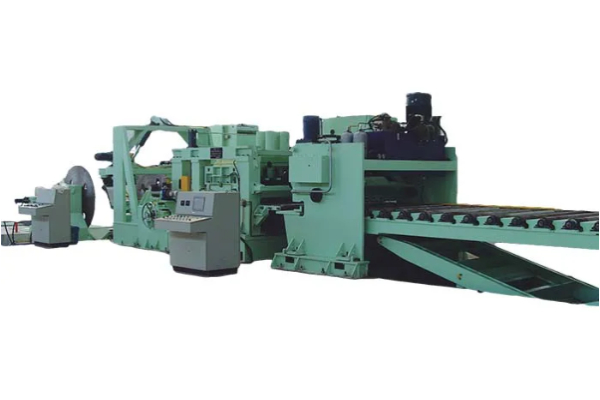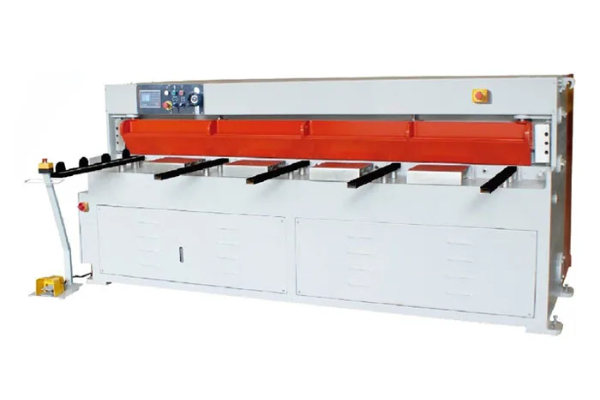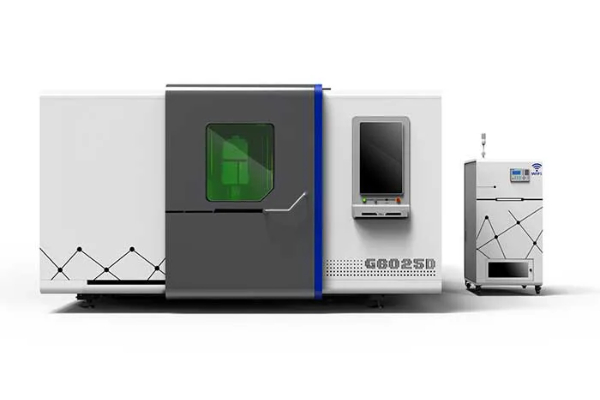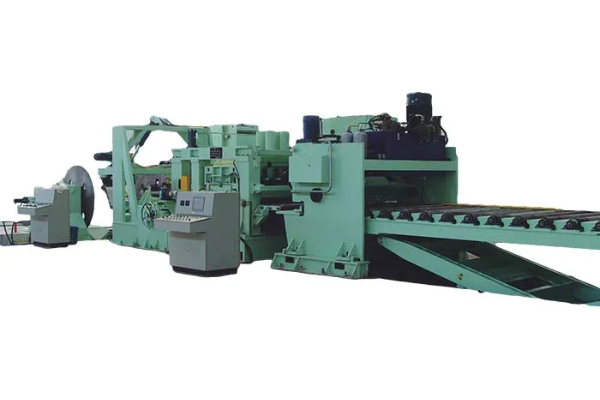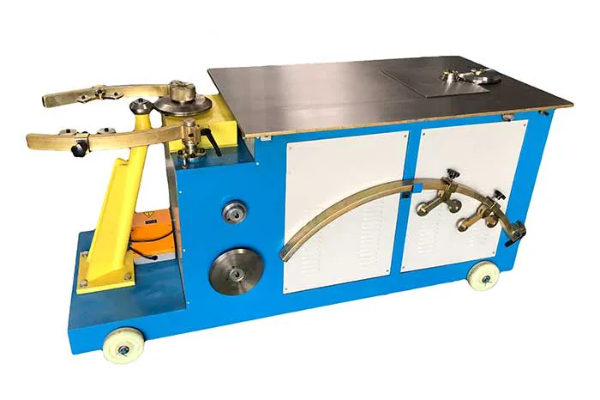
Tips for Achieving Precise Bends with Your Plate Bender Machine
- By:Metmac
- 2024-07-08
- 169
In the realm of metalworking, precision is paramount. When it comes to bending metal plates, using a plate bender machine is an indispensable tool. However, achieving precise bends requires a combination of technical expertise and attention to detail. This article presents a comprehensive guide with tips and tricks to help you master the art of precision bending with your plate bender machine.
Preparation: The Foundation of Precision
1. Choosing the Right Material: The type of metal and its thickness play a crucial role in the bending process. Determine the material’s formability and select the appropriate tooling for your machine.
2. Ensuring a Clean Workspace: A clean work area and properly maintained equipment reduce friction and improve accuracy. Remove any debris, calibrate your machine, and lubricate moving parts.
Setting Up the Machine: Precision from the Start
1. Accurate Positioning: Carefully align the workpiece on the bending table using measuring tools. Ensure that the center of the bend is positioned precisely under the bending head.
2. Correct Tooling Selection: Choose the appropriate bending tool or die for the desired bend radius and material thickness. Proper tooling selection prevents deformation and ensures the desired bend angle.
3. Fine-Tuning the Bend Angle: Determine the bend angle accurately using an angle gauge or protractor. Set the machine’s angle adjustment mechanism to the desired angle and verify the calibration.
Bending: The Art of Execution
1. Controlled Bending Speed: The speed at which you bend the plate affects the quality of the bend. Maintain a slow and steady bending speed to avoid overbending or tearing.
2. Proper Pressure Application: Apply the right amount of pressure to the workpiece. Excess pressure can lead to deformation, while insufficient pressure may result in an imprecise bend.
3. Checking for Squareness: Use a square or straightedge to check if the bend is perpendicular to the workpiece edge. Adjustments can be made if necessary to ensure accuracy.
Post-Bending: Guaranteeing Accuracy
1. Cool-Down Period: Allow the workpiece to cool completely before handling it. This minimizes residual stresses and prevents distortions due to thermal expansion.
2. Stress Relief: For critical applications, consider stress relief techniques such as annealing or tempering to reduce internal stresses and improve the bend’s stability.
3. Finishing Touches: Deburr the edges of the bend to remove any sharp edges and achieve a professional finish. This ensures safety and prevents damage to subsequent components.
Conclusion
Achieving precise bends with your plate bender machine requires a systematic approach and meticulous attention to detail. By following these tips and practicing consistently, you can master the art of precision bending and produce high-quality metalwork. Whether you’re a seasoned professional or just starting out, these tips will empower you to bend like a pro and elevate your metalworking skills to the next level.
-
Advanced Sheet Metal Rolling, Cutting, and Folding Machines for Efficient Fabrication
2025/10/22 -
High-Precision Sheet Metal Bending and Cutting Solutions for Modern Manufacturing
2025/10/22 -
High-Precision Solutions from Leading Sheet Metal Cutting Machine Manufacturers
2025/09/11 -
Reliable Sheet Metal Equipment for Sale to Support Precision Fabrication
2025/07/17
-
Advanced Sheet Metal Rolling, Laser Cutting, and Folding Machines for Precision Fabrication
2025/10/31 -
High-Performance Sheet Metal Bending and Cutting Machines for Modern Fabrication
2025/10/31 -
High-Quality Sheet Metal Equipment for Sale: Efficient Solutions for Modern Manufacturing
2025/10/31 -
High-Performance Sheet Metal Equipment for Sale: Forming and Shearing Solutions for Modern Fabrication
2025/10/22
-
A Guide to the Latest Innovations in Sheet Metal Folding Machines
2024/11/29 -
Key Features to Consider When Investing in a Sheet Metal Folding Machine
2024/11/28 -
Enhancing Precision with Advanced Sheet Metal Folding Machines
2024/11/27 -
How to Choose the Right Sheet Metal Folding Machine for Your Workshop
2024/11/26
